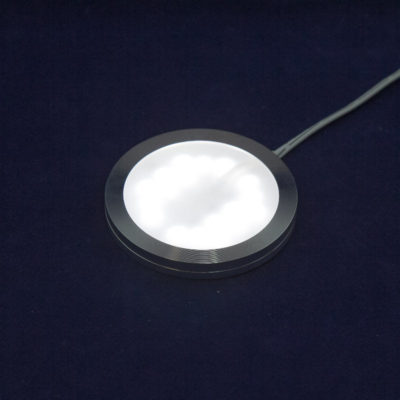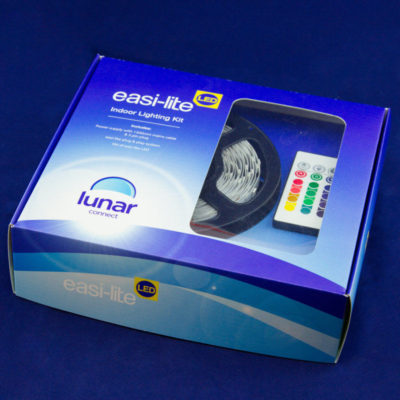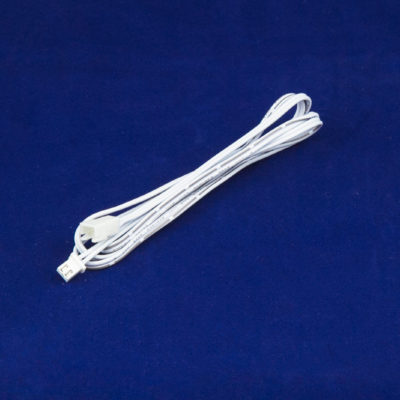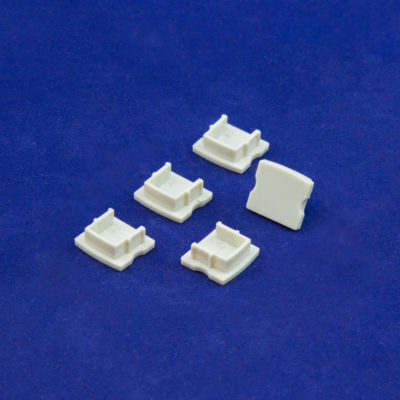What is Blue Light?
How long do you spend looking at screens per day? The answer is probably more than you should! As well as the reflective glare of the screens themselves, the blue light thrown out by digital devices can also be harmful for our eyes and can keep us awake at night.
The human eye is only sensitive to the visible light section of the light spectrum. Simply defined, blue light is visible to us and has one of the shortest and highest energy wavelengths. In itself isn’t harmful, but it is important to know how to protect yourself.
Naturally, blue light is found in sunlight which scatters to make the sky blue. It is this which helps your body to regulate your natural sleep cycle. However, it is the unnatural sources that are the main danger to our sight. These include digital screens and some fluorescent and LED lighting.

Issues to Consider
Blue light can also have benefits such as increased reaction times, better mood, overall improved wellbeing and boosted alertness. On the flipside, studies have also shown that too much can cause depression, heart disease and diabetes, in addition to the sleep disruption and various eye problems. The main eye issues to worry about with lots of exposure range from mild eye strain to retinal damage, age-related macular degeneration and in extreme cases, loss of vision!
How to Reduce Blue Light
With recent studies proving the negative effects on the eyes, different options are available to protect yourself. Many devices now come with blue light filters like night shift or ‘shields’ which give users the option to tone down the blue in the display. Applications for desktops and mobile devices can also be purchased and most computer screens have the option to choose the colours shown. The downside is that this does change how images look so many designers would not be able to use this feature all the time.
Blue light glasses are also available in different styles. The traditional gaming glasses that filter away all blue light have yellow/orange lenses and aren’t for every day wear. However, there are now plenty of eye-wear designers who offer glasses that reduce the amount entering the eye with non-tinted lenses. For example, find special lenses here.
In terms of LED bulbs or strip lights, there is more blue light in cool colours like our cool white. Warm white has much less and tends to give a more welcoming feel in a home. Read our article on the different colours here.




